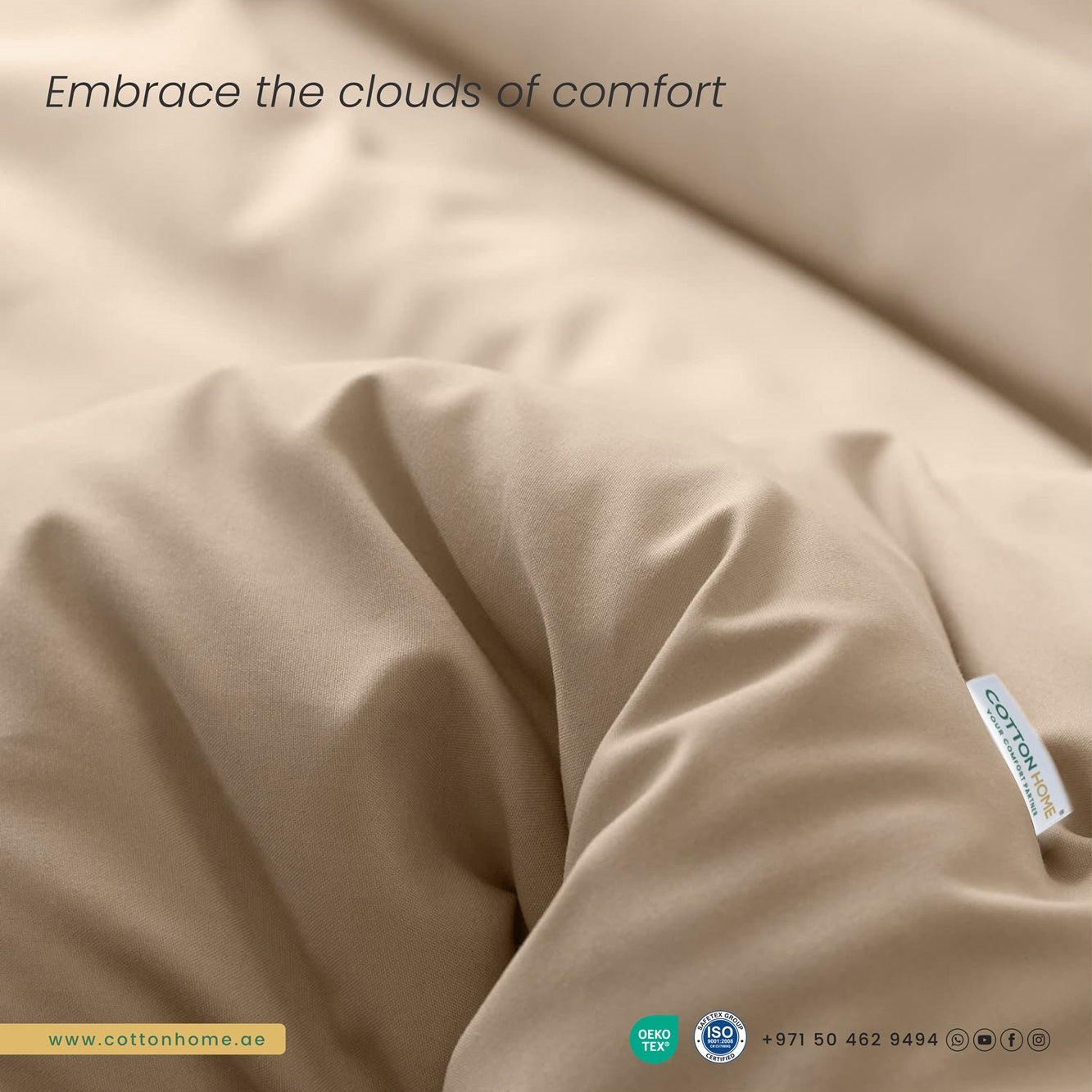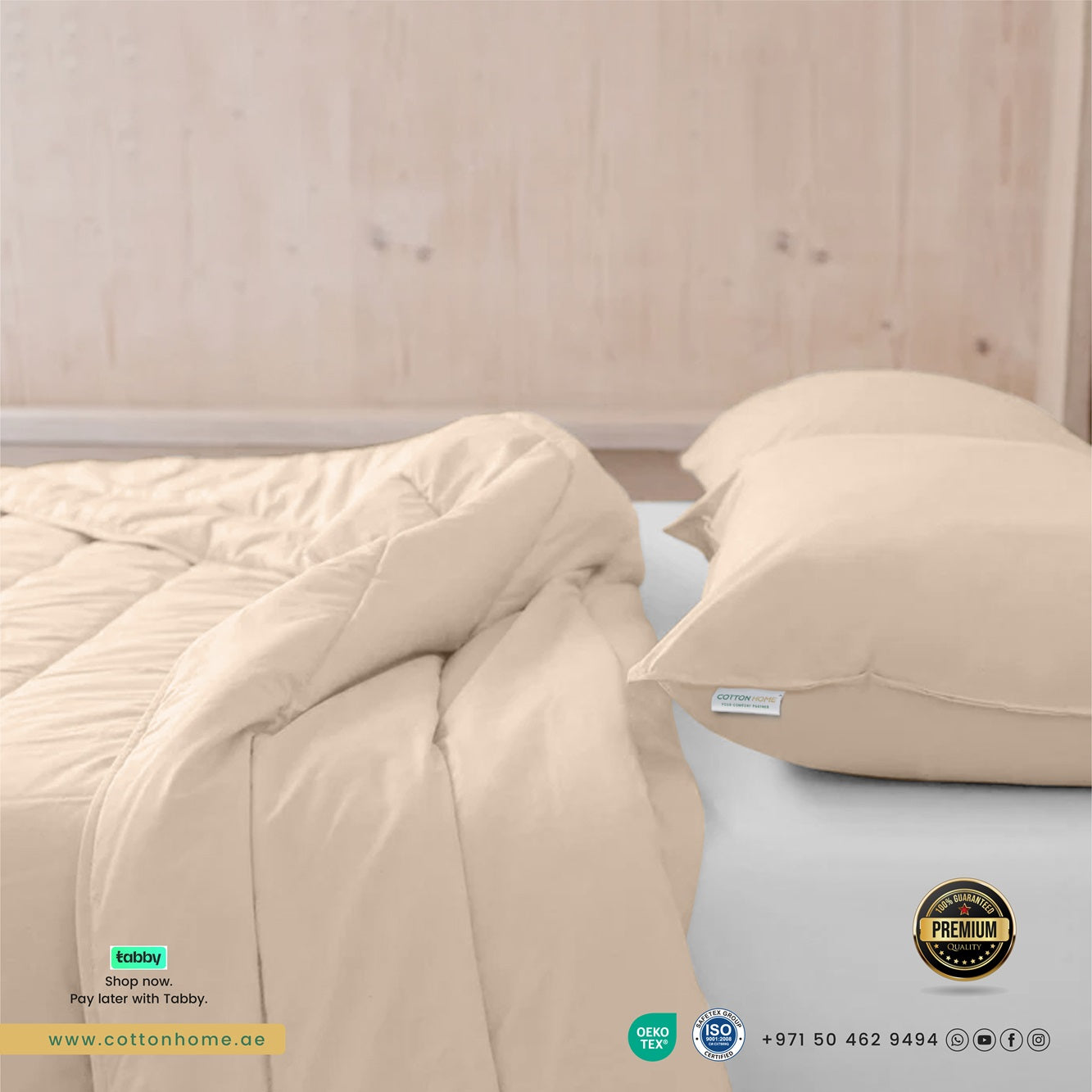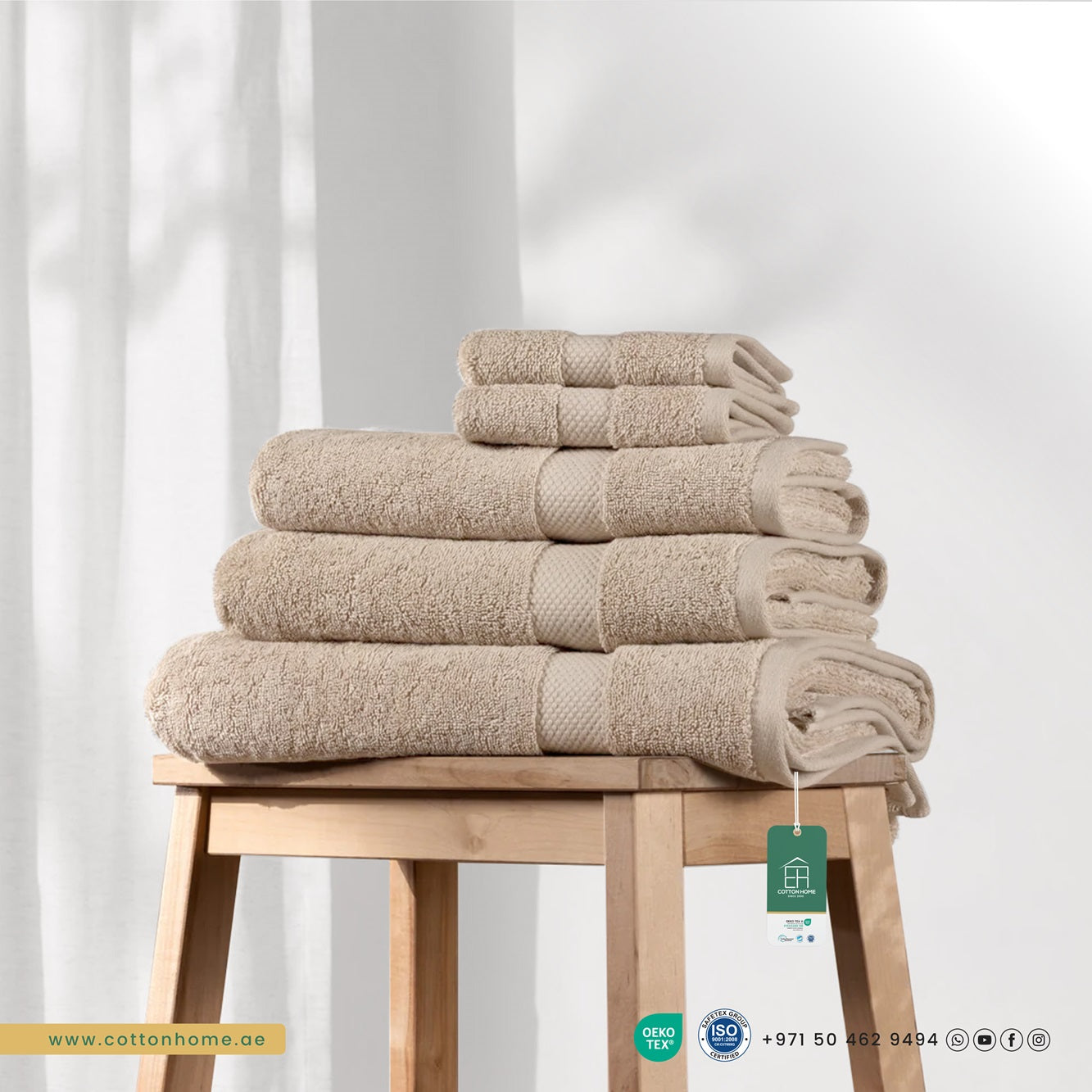
Fitted Bed Sheet Care 101: Washing and Drying Done Right
Fitted bed sheets are now a staple of contemporary bedding, providing a fitted look that improves the look and feel of your sleeping space. Their elasticized edges keep the sheet in place, creating a smooth surface all night long. But to keep them in their original condition and make them last longer, it's important to follow proper washing, drying, and care practices.
Washing Your Fitted Bed Sheets
Weekly washing of your fitted bed sheets is important for hygiene and material care. Sheets carry body oils, sweat, and allergens over time, which break down the material and impact sleep quality. Specialists advise washing bed sheets once a week at least to keep them clean and comfortable.
Prior to starting the washing process, always refer to the care label on your sheets. Manufacturers give detailed instructions based on the fabric type to ensure proper cleaning without damaging the material. In most cases, cold to warm water (30-40°C) is recommended, as hot water weakens fibers and causes shrinkage. Mild, liquid detergent without harsh chemicals is ideal to keep the fabric soft and avoid possible skin irritations.
When washing the washing machine, do not overload it. Sheets require enough space to move freely, enabling complete cleaning and avoiding wrinkles. Washing sheets separately from towels or heavy clothing is also helpful, as these can rub and pill the sheets. Choosing a gentle wash reduces stress on the fabric as well as on the elastic elements, maintaining the sheet's fit and elasticity.
Drying Techniques for Elastic Bed Sheets
Appropriate drying is crucial to ensure the quality and longevity of elastic bed sheets. Too much heat may break down elastic fibers, resulting in loose fit and less functionality. So, if you decide to dry them using a dryer, use a low heat or air-dry function. Taking out the sheets while they are slightly damp and hanging them flat or putting them back on the bed to complete drying may avoid wrinkles and provide a secure fit.
Air drying is also a great choice, provided weather conditions are favorable. Hanging sheets outside on a clothesline enables them to enjoy natural ventilation, thus a fresh odor and less mechanical wear. It's, however, best not to expose them to direct sunlight, as exposure over time may cause colors to fade and fibers to weaken. Instead, pick a shaded section with good ventilation.
Keeping Your Fitted Sheets Elastic
The elastic edging is a characteristic feature of fitted bed sheets, keeping them firmly in place on the mattress. To maintain this elasticity, it's crucial to treat the sheets gently. Don't stretch the elastic excessively when putting on or taking off the sheet from the mattress. Also, don't use high heat for washing or drying, as this will speed up the degradation of elastic fibers.
When storing your sheets, fold them neatly without putting excessive stress on the elastic edges. Store them in a dry, cool location, out of direct sunlight, to avoid any possible degradation of the elastic material. Rotating through several sets of sheets can also decrease the use frequency for each set, so the elastic has time to rest and recover its shape between uses.
Addressing Common Issues
With time, despite careful maintenance, fitted bed sheets can develop signs of wear and tear like pilling, fading, or diminished elasticity. Pilling, evidenced by tiny balls of fabric on the surface, usually occurs from friction while washing or sleeping. To prevent it, wash the sheets separately and don't overfill the washing machine. When pilling develops, a fabric shaver may be used to carefully shave off the pills without compromising the sheet.
Fading is another issue, especially for colored sheets. To retain vibrancy, wash colored sheets in cold water and think about turning them inside out when laundering. Detergents specifically designed for colored fabrics can also be used to keep their color.
If you find the elastic no longer stretches, it could be from repeated exposure to hot temperatures or the natural wear and tear of the material. While some loss of elasticity is unavoidable over the years, sticking to soft washing and drying routines can go a long way in extending the usability of your fitted sheets.
Conclusion
Maintaining your fitted bed sheets entails a mix of routine washing, careful drying, and storage. Adhering to these practices will help maintain your sheets to be comfortable, clean, and good-looking for years to come. Keep in mind that how long your elastic bed sheets will last depends directly on the care they receive, making it worthwhile to invest time and effort into their maintenance.






Leave a comment